Detailed Rotor Balancing Process
Preparing the Necessary Tools
- vibration sensors, optical speed sensor, magnetic base, software package, and included accessories.
- Set up the instrument and connect it to your computer via USB. Verify that the software is correctly installed.
Mounting the Sensors
- Fix the accelerometers securely to the machine's structure in locations where vibrations are most prominent, ideally near the bearings.
- Position the laser tachometer (phase angle sensor) so that it is aimed at the rotor. Attach reflective tape to the rotor for accurate phase angle reading.
Software Startup
- Initiate the Balanset program on your computer.
- Select the appropriate balancing mode: single-plane or two-plane, depending on the rotor type and your specific requirements.
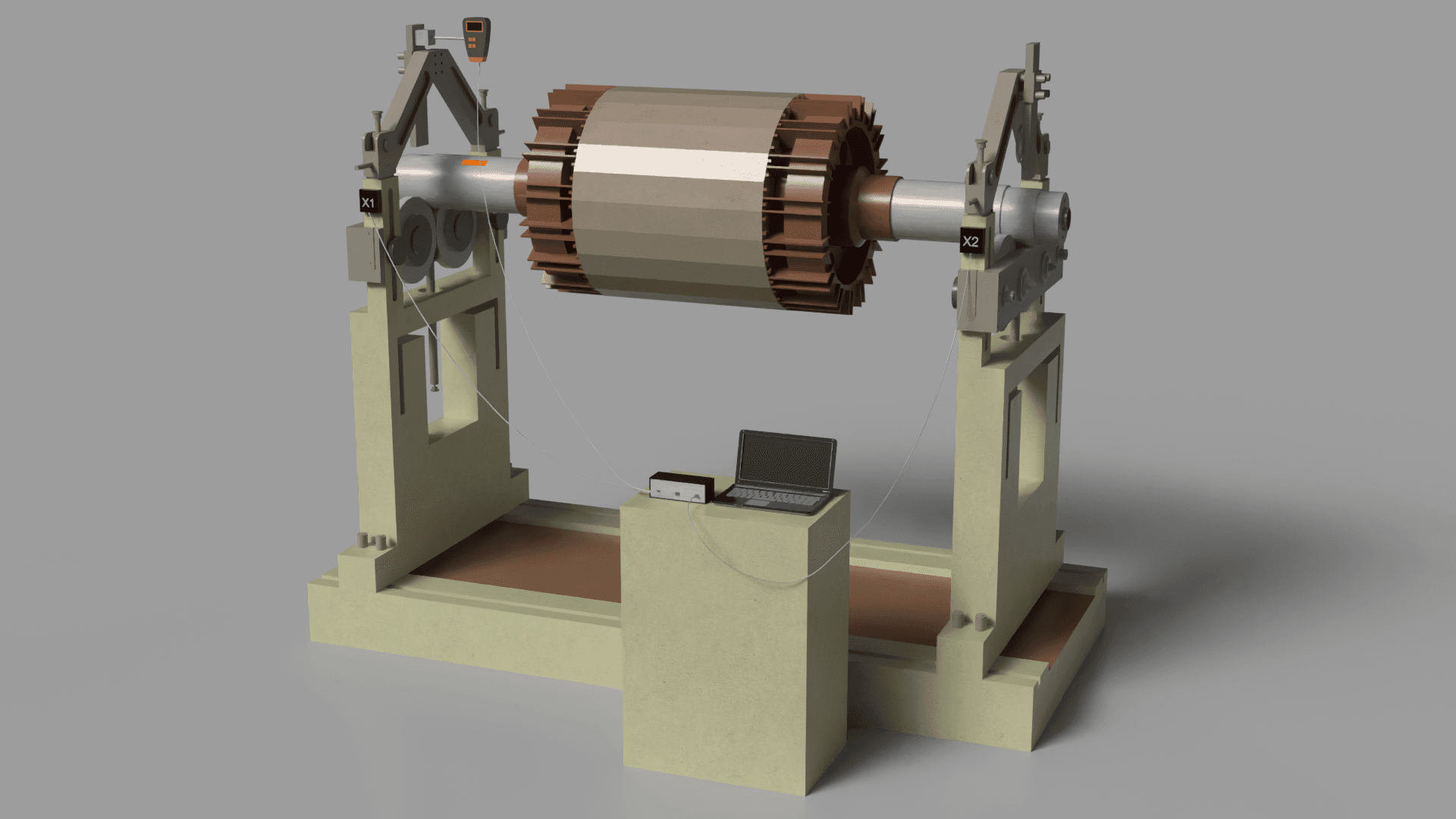
- Run the rotor up to its operating speed.
- The program will record the vibration amplitude, rpm, and phase, providing a baseline measurement of the existing imbalance.
Attaching the Trial Weight
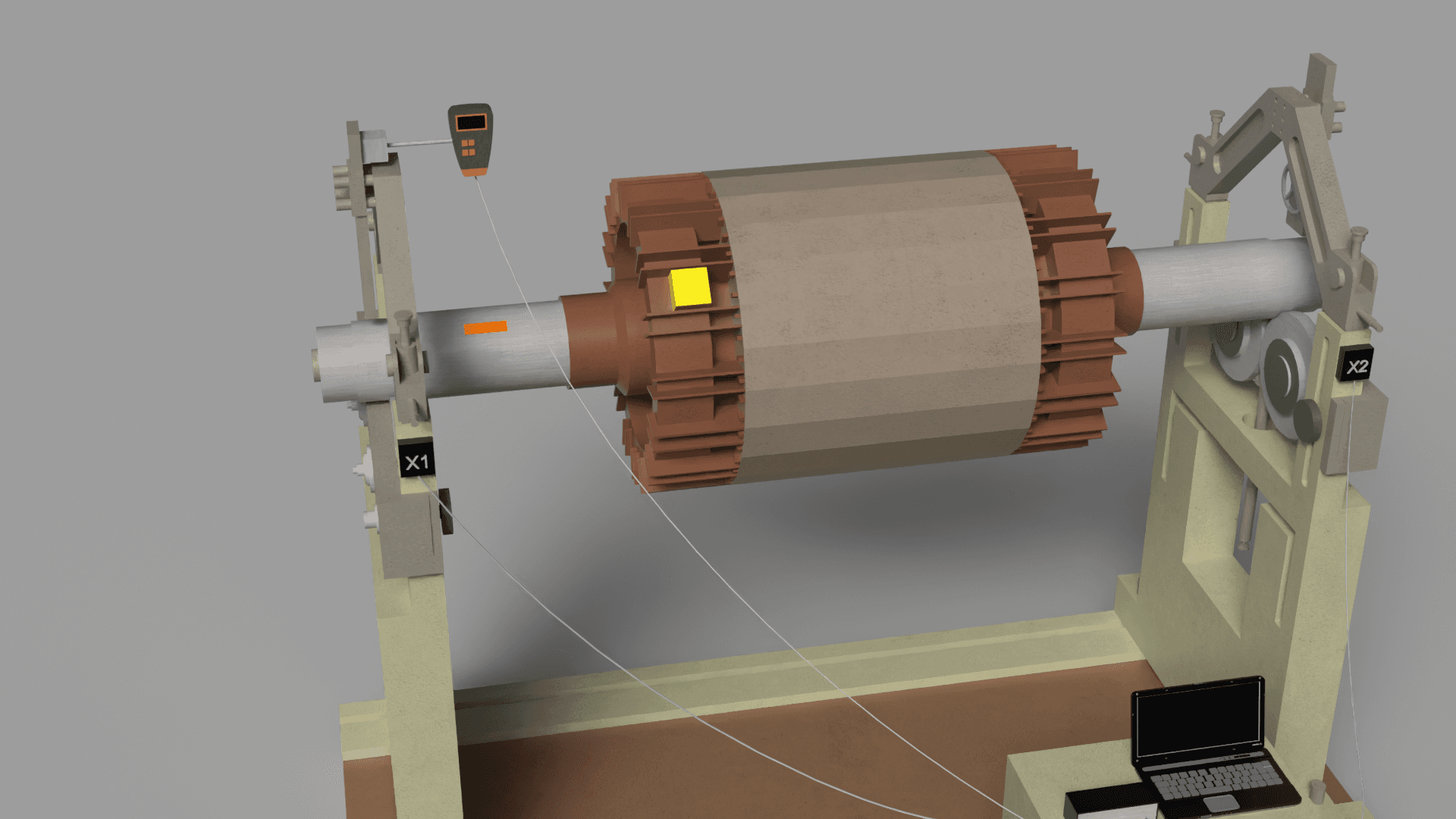
- Stop the rotor and attach a trial weight at a specific location on the rotor. The weight's mass can be specified within the software (e.g., in grams).
- Run the rotor again, allowing the software to measure the effects of the trial weight on vibration and phase.
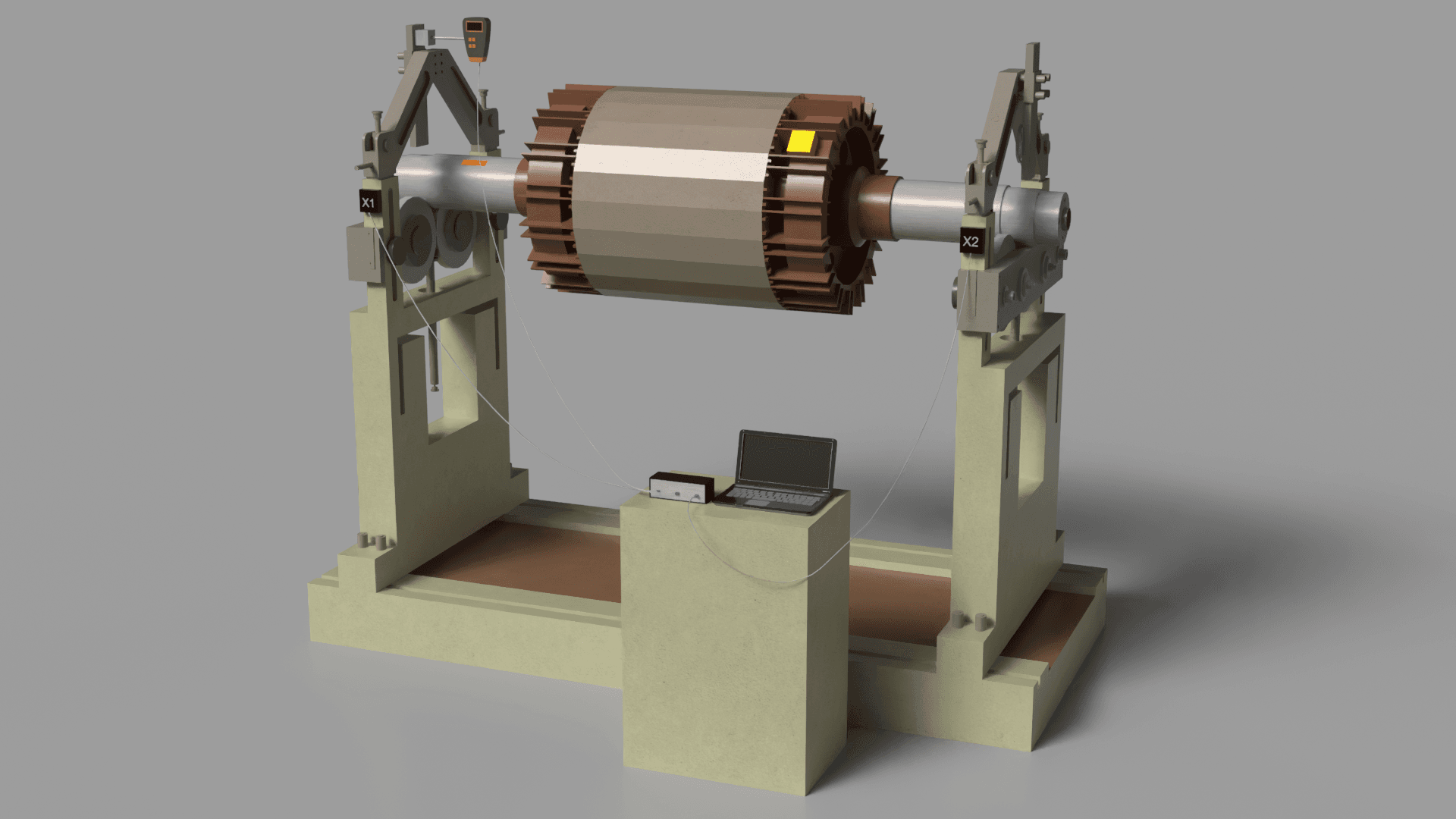
Computing the Compensating Weight
- Using the acquired measurements, the program automatically determines the required corrective weight's mass and angular position.
- These parameters are displayed on the screen as numerical data and graphs.
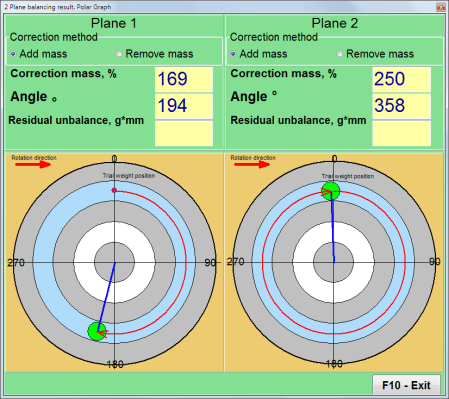
Installing the Correction Weight
- Attach the computed compensating weight to the rotor as indicated by the software's output.
- You can conduct interim measurements to confirm that the imbalance is decreasing as expected.
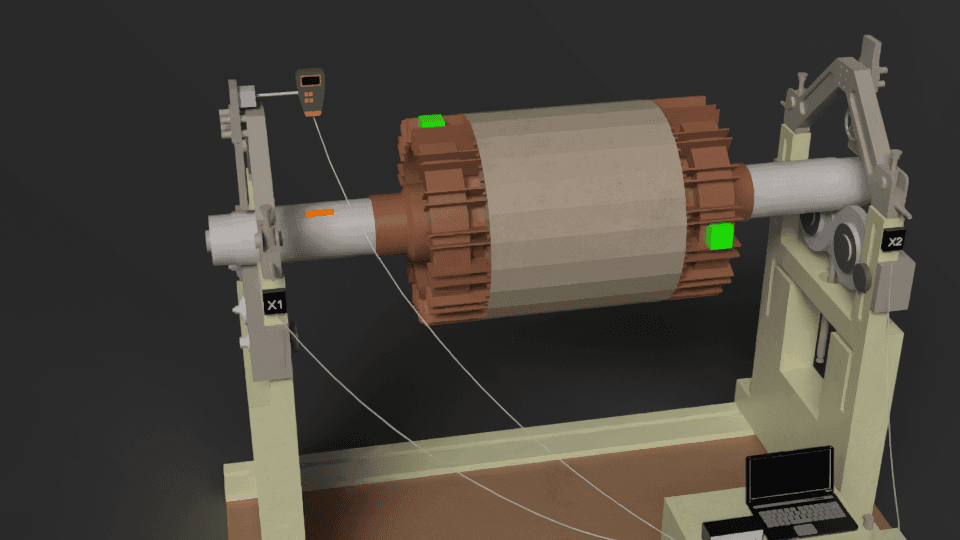
Verification and Balancing Completion
- With the compensating weight attached, operate the rotor and assess the level of any residual vibration.
- If the vibration level is within acceptable limits (according to ISO 1940), the balancing is complete.
- If the vibration is still outside acceptable limits, reiterate the process and fine-tune the compensating weight.
Report Generation
- The balancing results are saved in the software's archive. You can create and print a report containing vibration data, correction weight mass, and its installation angle.
Final Recommendations
- Ensure all applied weights and attached sensors are firmly fixed in their designated positions.
- Ensure the rotor rotates smoothly and without excessive noise.
- In cases where the rotor is integrated into a more complex system, ensure the correct operation and interaction of all related components.
By implementing this method, you can effectively eliminate imbalance, reduce vibration levels, and increase the lifespan of the machinery.
Instagram: https://www.instagram.com/vibromera_ou/
Youtube : https://youtu.be/guA6XJ-ArZM?si=vmkuX7RILzKBl0zL
Our website about Minimization of wear and tear on machinery through vibration control
Machinio: https://www.machinio.com/listings/98380186-portable-balancer-vibration-analyzer-balanset-1a-full-kit-in-portugal
Facebook: https://www.facebook.com/marketplace/item/350151228150722